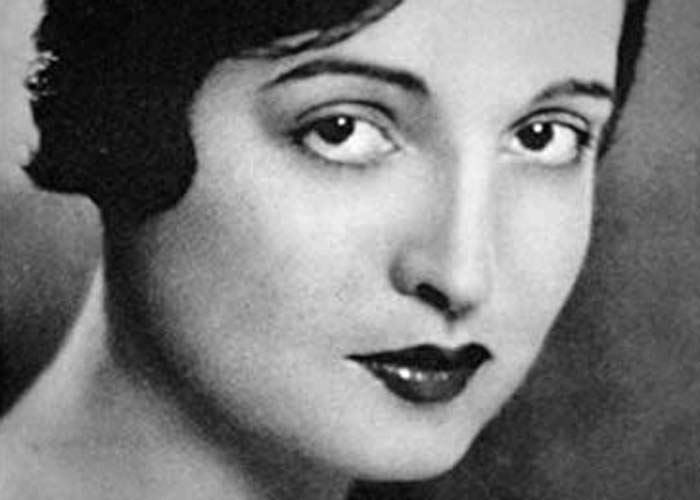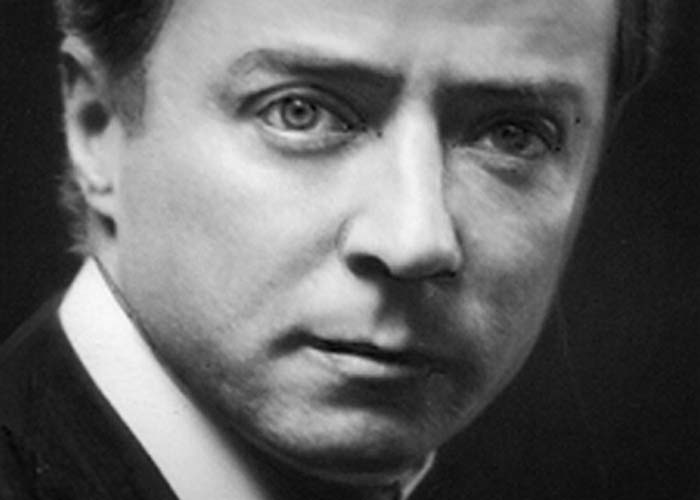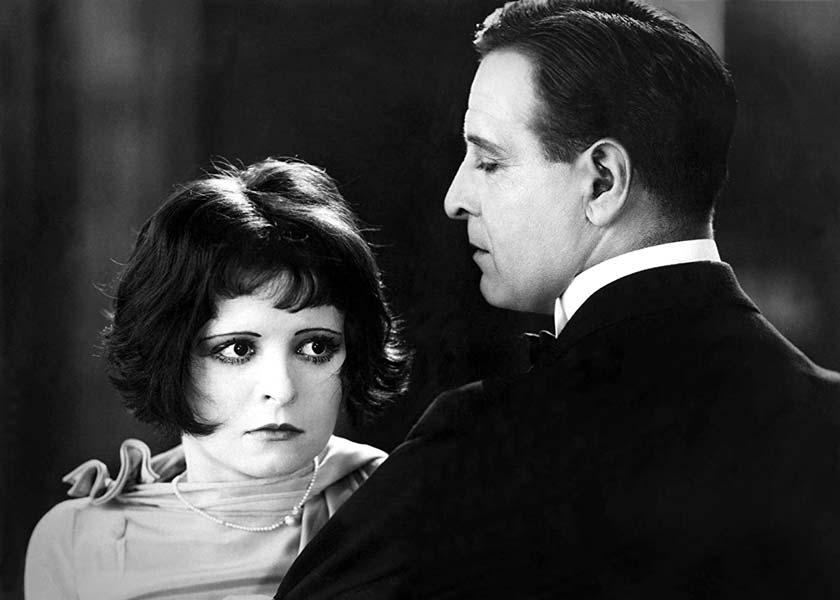Synopsis
Hugh Westcourt (Trevor) and his daughter, Kittens (Bow), returning from a European tour, meet some new friends on the boat. Kittens is intrigued by an older man, Jerry Naughton (Tearle), and Hugh is fond of young and pretty Irma (Lawson). Wife and mother Ethel Westcourt (Joyce) meets her family at the dock.
Although they have been away for weeks, Hugh and Kittens are soon going out every night and leaving Ethel home alone. Hugh tells his wife that he was to work. One evening, Mrs. Mazzarene (Dorothy Cumming) drops by before going to the Roof Club; lonesome and bored, Ethel decides to go with her. Separately, Kittens, with Jerry, and Hugh, with Irma, are already at the club. Hugh demands that Jerry stay away from his daughter. Jerry agrees, saying that Kittens means nothing to him.
Ethel and Mrs. Mazzarene arrive at the club and note Hugh with Irma. Ethel confronts him, refuses to leave, and decides to spend the weekend with Mrs. Mazzarene. After Hugh leaves, Jerry, who does not know Ethel, intervenes when a pushy drunk gets fresh with her. Ethel knows about Jerry and Kittens, and wishing to separate them, she makes herself friendly to him. She tells him she is French and visiting Mrs. Mazzarene.
A week later, Ethel is still with Mrs. Mazzarene, and Jerry has been visiting her. He is genuinely admiring, and she agrees to go to his apartment for dinner. Thinking she has successfully separated Jerry and Kittens, Ethel decides against going to the dinner. However, when she phones to break the engagement, Kittens, who has forced herself into Jerry’s apartment, answers, and Ethel decides that she has to go to the dinner, after all.
Irma, who wants Jerry, visits and finds Kittens. She shoves Kittens into the bedroom. When Jerry comes home, he rejects Irma, and she vows revenge. Kittens comes out of the bedroom, and Jerry tells her to leave. She does not want to go; he pushes her into the kitchen telling her to go out the back way. He instructs his butler to get her a cab. Ethel arrives, and Jerry professes his love. She tells him the truth about herself. Kittens returns, finds another woman with Jerry, and demands to know who she is. She is surprised and agitated that her rival is her mother. At this point, Hugh Westcourt arrives; Irma has told him that his wife and daughter are in Jerry’s apartment. Hugh demands that his wife come home, but she refuses. Hugh and Kittens leave in a cab, and Ethel takes another cab to Mrs. Mazzarene’s house.
Several days later, Ethel and Mrs. Mazzarene are getting ready to sail to Europe.
Jerry visits and tells Ethel that he is going too. She refuses to become seriously
involved with him and asks him to remain in New York. Ethel returns home to get
the rest of her luggage for the trip. Hugh asks her to stay home and tries to kiss
her, saying he forgives her flirtation with another man. Ethel pulls away from
him. Kittens also pleads with Mumsey
to stay, because, look what
Mumsey
has done to her. Ethel, disgusted, rejects them, takes her luggage,
and departs.
Discussion
The surprising ending of Dancing Mothers separates this domestic drama from the typical story of the loyal wife and philandering husband. Rather than the expected reformation of the husband and daughter and a family reconciliation, Hugh and Kittens have learned nothing about themselves and remain selfish and thoughtless. Ethel concludes that they will not change and leaves them to go her own way.
Ethel Westcourt is a consummate woman of the 1920s, with more freedom of self-directed action and less stigma of separation and divorce than women had encountered in previous decades. Her resolute personality, effectively portrayed by Alice Joyce, dominates this strongly acted drama. Ethel has given up a successful career to be a wife and mother and is somewhat self-effacing. However, she is strong-willed and refuses to be taken for granted or cheated on. An independent woman, Ethel does not need the security of a husband and a home. Having given up on both Hugh and Jerry, she will make her own way, starting with the trip to Europe, far from her faithless husband and selfish daughter.
Dancing Mothers is based on the play of same name by Edmund Goulding and Edgar Selwyn, which had 312 performances on Broadway in 1924-25. The play was staged by Selwyn and starred Mary Young, Helen Hayes, Henry Stephenson, and John Halliday.

Alice Joyce plays the best role of her career with authority. 36 years old in Dancing Mothers, she had sixteen years experience acting in films. She had joined Kalem Co., one of the earliest movie studios, in 1910 and by 1915 had appeared in over 150 shorts. After 1917, Joyce continued her career for Vitagraph Studios. Her notable films include The Lion and the Mouse (1919), The Green Goddess (1923), and The Little French Girl (1925). By the mid-1920s, although still young and very good-looking, her round face and thick figure gave her a mature, matronly appearance, and she started playing older wives and mothers, notably in Stella Dallas (1925), Beau Geste (1926), and Sorrell and Son (1927). Like her frequent collaborator Herbert Brenon, Joyce struggled in the sound era, and after only four talkies retired in 1931.
Clara Bow entered films in 1922 at age seventeen. In 1923, she signed a contract with producer B.P. Schulberg who featured her in a series of pleasant comedies. In 1926, Schulberg became a producer for Paramount Pictures and brought Bow with him. She has a supporting role in Dancing Mothers, one of her first films for Paramount. She portrays the perfect flapper, pretty, fun-loving, mischieveous, with a vibrant personality, but also selfish and sexually aggressive. Although not the star, Bow stands out, and her career soon was skyrocketing. The success of Mantrap (1926), her next film, demonstrated Bow's box office appeal, and It (1927) brought her top-level stardom.

Herbert Brenon had been a prominent director from the early days of cinema. Born in Dublin, Ireland, in 1880, Brenon came to the US in 1896 and made his first film in 1912. He pioneered overseas location shooting and lavish spectacle. His film Absinthe (1913) was the first American film made in France. He gained a reputation for skillful handling of actresses and literary properties and made good films for Alla Nazimova, Norma Talmadge and Pola Negri. He helped close out the silent era with two fine films, Sorrell and Son and Laugh, Clown, Laugh (1928). Brenon is the director of two films on our list of Great American Films, 1921-1929, Dancing Mothers and Beau Geste (1926). One of the most successful, popular and highly-paid directors of the late silent era, Brenon was never comfortable or successful with talkies; his career faded in the early 1930s, although he continued to direct films (mostly in England) through the decade.
Further Reading

